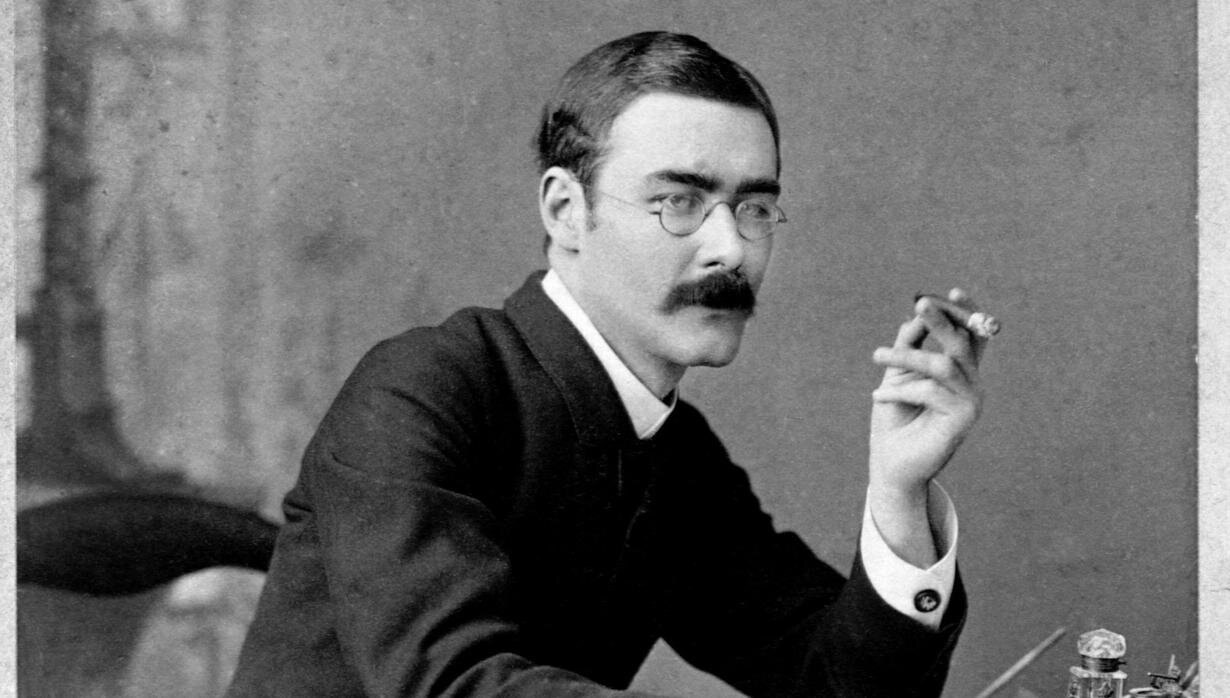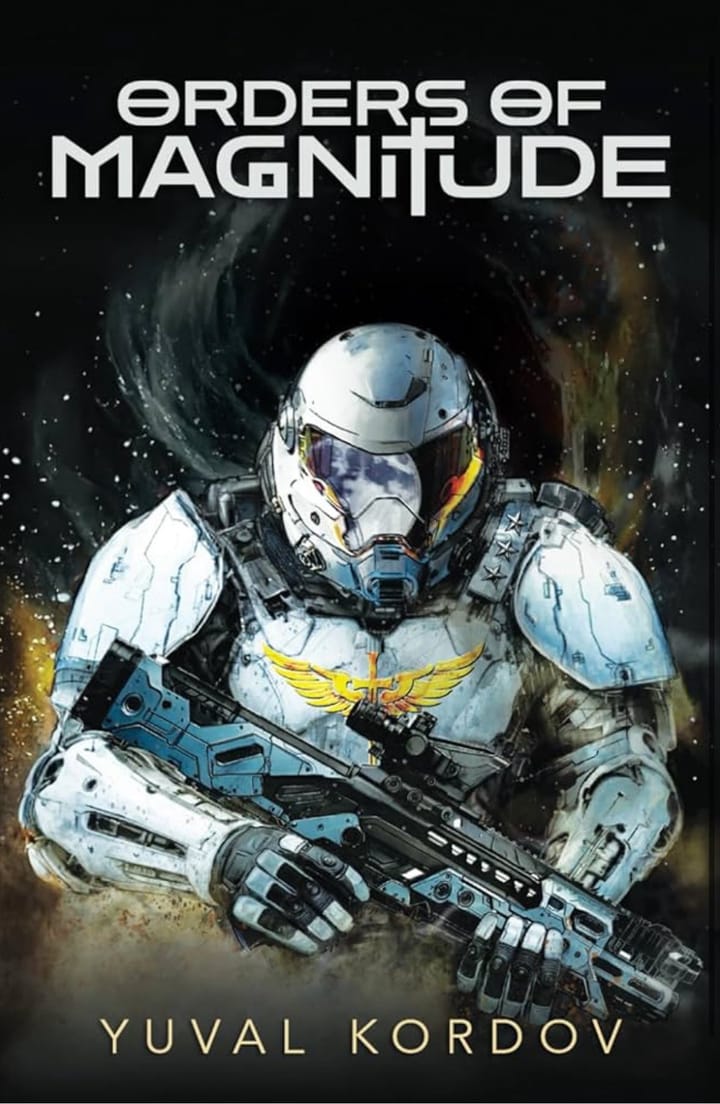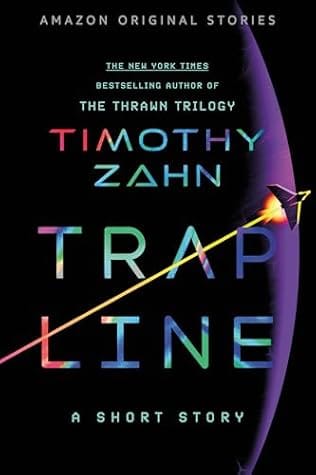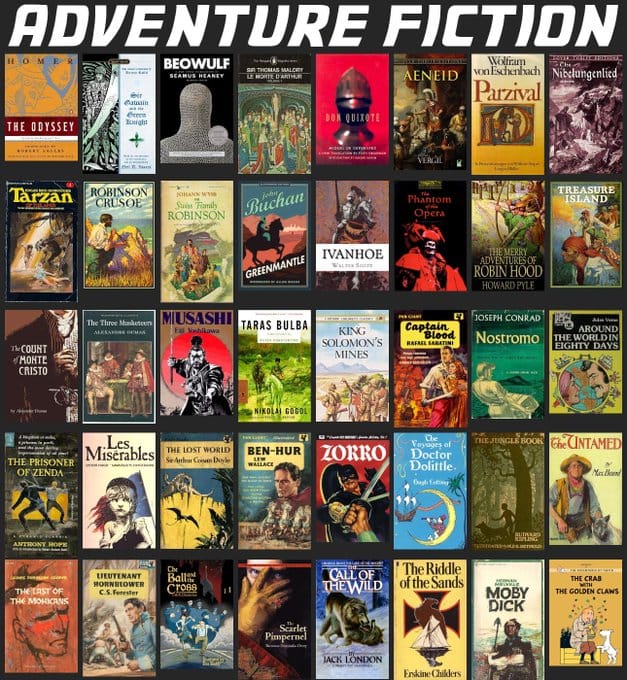The Emperor Ponders the limits of description
Emperor Norton at The Emperor Ponders describes for us the four kinds of text you can write:
There are four broad categories of text you can write (exposition, narration, description, and dialogue,) and descriptions are what can give more problems to a fiction or genre writer. To sum up, description isn’t even a good kind of text. We tolerate it because it is required, but the least there is, the better, for reasons I hope will become clear in a moment.
I like the Emperor’s blog, because he has helped me understand the real differences between different media. Writing, like speech, isn’t very good at conveying visual information.
In this post, the first of two parts, I will try to explain the limits of description, why it tends to fail, how it relates and gets confused with what other visual mediums do, and a common mistake to avoid.
…
Dimensions, shapes, value, and colors in words have meager inherent meaning. And even attaching an enhancing adjective, like “monstrous” or “huge,” might do little to improve the situation. So what if the giant a hero has come across is four-meters tall, or its eyes are red? That “four” might scare an eight-year-old reader who has never heard of such things, but for a more veteran reader, the writer might just as well have said it was as tall as a hundred men for all the effect that might do. If you want to impress people with the size or visual aspect of things, you should pick up painting, not writing.
…
If we use the crude but effective criteria that a good text is memorable, descriptions are rarely good text because the famous quotes from almost all books are never descriptions. And if they are, it’s because they are similes, metaphors, or analogies. This strange idea that you can create “vivid” and “memorable” descriptions using precise language as if there’s some value in piling up words for visual phenomena is silly. Pretty much every memorable description is a metaphor or has some outrageous turn of phrase that goes against literalist description of visual objects (or any other sense,) like when Gabriel Garzía Márquez described the river stones by some town like “shinny […] giant prehistoric eggs.”
Anyone who has ever played a game where you attempt to describe an object without using its name will have an idea of just how hard this task really is. You should go read the post in all its glory.
I was reminded of something Jerry Pournelle once said about the works of Sir Walter Scott:
From the June 1999 Column The book of the month is Kenilworth [Amazon link] by Sir Walter Scott. Scott was one of the best storytellers who ever lived. Kenilworth is about Robin Dudley, Earl of Leicester, and his romance and secret marriage with Queen Elizabeth. People don’t read the old adventure stories now, largely because they find the descriptions slow-moving and dull. The trick is to skim past much of that. Scott had no choice but to put in plenty of description because most of his readers didn’t travel, there were no illustrated magazines, and television didn’t exist. Painting pictures in the reader’s mind’s eye was the only way to get people to see settings that are commonplace to television viewers, but were exotic to the people of Victorian England. I picked up Kenilworth quite by accident, but once I got to reading it, I didn’t want to stop.
I’ve never read anything by Scott, so I can’t vouch for the accuracy of Jerry’s statement, nor can I confirm that Scott in particular had any influence on the baleful state of description in modern genre fiction. However, it did get me wondering about how we got to the state Norton describes.

This also got me thinking about the kind of text that does give me impressive visual impressions, and how well it matches up with Norton’s post. A favorite of mine is Kipling’s “The Roman Centurion’s Song”.
For me this land, that sea, these airs, those folk and fields suffice.
What purple Southern pomp can match our changeful Northern skies,
Black with December snows unshed or pearled with August haze -
The clanging arch of steel-grey March, or June's long-lighted days?
That’s only three lines of text, yet it evokes a year’s worth of changing seasons. If you have never seen four seasons, that poem probably doesn’t create the same kind of images in your mind, but if you have it is remarkably compact and memorable.



Comments ()